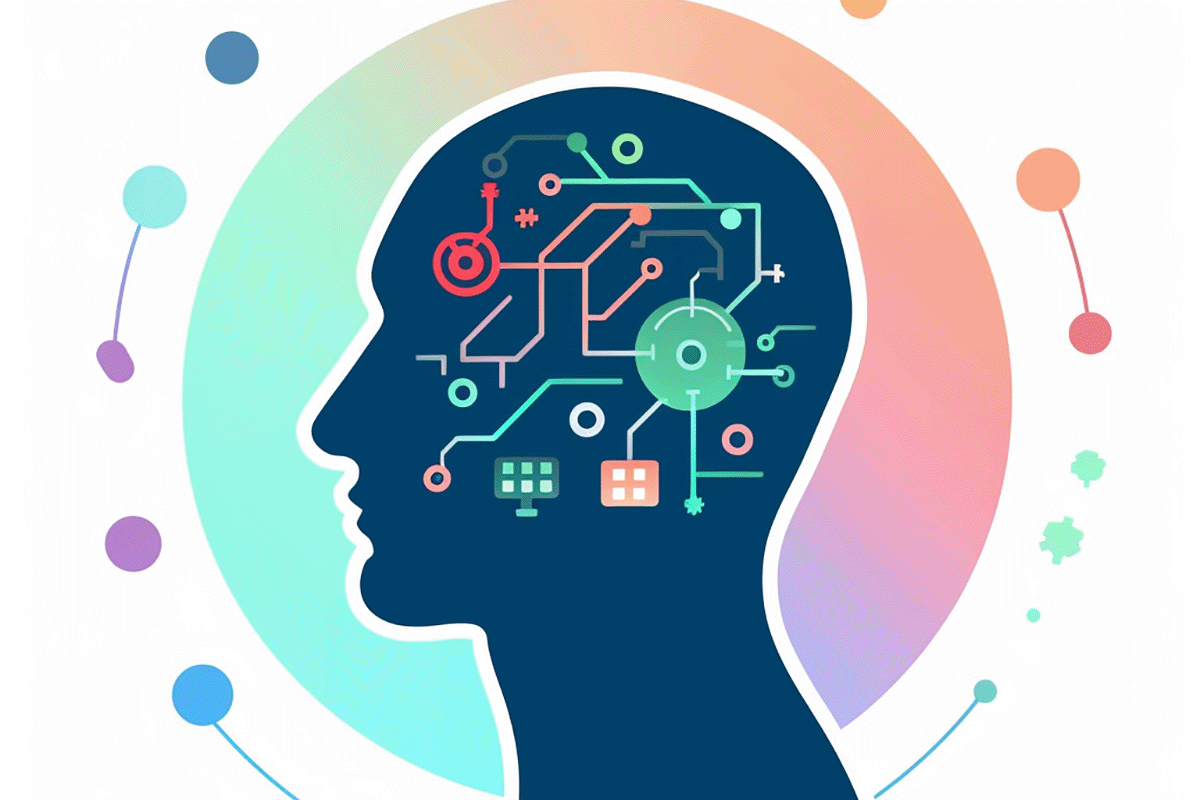Unlocking the Potential of ChatGPT for Code Generation
- 5 minutes read - 977 words
Table of Contents
Natural Language Processing (NLP) has come a long way, and one of the most recent breakthroughs is ChatGPT, an advanced language model developed by OpenAI. NLP has significantly improved code generation processes, providing developers with efficient and accurate ways of translating human-readable text into machine-executable code. ChatGPT can facilitate various core NLP tasks that are instrumental in code generation, offering a different approach compared to other traditional methods.
In this blog post, we will discuss how ChatGPT works with core NLP tasks to generate code, outline key limitations, and compare it to existing code generation solutions. We will also highlight the advantage of using ChatGPT for code generation, provide a brief overview of legacy code generation solutions, and determine the future prospects of using Language Models (LLMs) in code generation.
How Code Generation with ChatGPT Works?
ChatGPT utilizes NLP tasks to analyze, understand, and interpret natural language input, which in turn helps generate code based on the given context. It offers a comprehensive understanding of written or spoken text by analyzing syntax, semantics, and even pragmatics. These capabilities help improve the accuracy and efficiency of code generation methods.
There are several core NLP tasks that ChatGPT applies in code generation, which we will further elaborate on in this post. However, it’s crucial to understand that while ChatGPT offers significant potential in code generation, it may still differ from other specialized code generation tools.
Explanation of Core NLP Tasks Used for Code Generation
There are several core NLP tasks that ChatGPT leverages to generate code. Some of the most essential tasks include:
Tokenization: This involves breaking down text into individual words or phrases, called tokens. It is a primary step in understanding natural language input and interpreting it to extract necessary information or context.
Parsing: Parsing, specifically syntax parsing, helps identify and analyze the syntactical structure, enabling the identification of rules, dependencies, and relations between words, phrases, or sentences.
Semantic Analysis: This task examines the meaning of tokens, phrases, or sentences within a given context, considering both syntax and semantics.
Named Entity Recognition (NER): NER locates and identifies entities such as names, organizations, or dates within a sentence. This information can help in defining the context required for generating code.
Coreference Resolution: It is essential for understanding pronouns or other referring expressions in a text. Coreference resolution helps create a clear understanding of the relationship between words to generate relevant and accurate code.
Limitations of Language Models (LLMs) in Code Generation
While ChatGPT and other LLMs possess great potential in code generation, they come with certain limitations, including:
Complexity: LLMs might struggle to generate code for highly complex logic or require detailed context.
Accuracy: LLMs aren’t perfect and might generate code with minor errors. For example, they might fail to distinguish between different programming languages’ syntax or generate incorrect code due to ambiguities in the input text.
Incorporating Business Rules: LLMs might face difficulties incorporating specific business rules into the generated code due to the lack of contextual understanding.
Training Data: The quality of generated code heavily depends on the training data. If the model has not been trained with adequate examples, it might not be able to generate relevant code.
Although these limitations present some challenges, they can be mitigated or improved over time, especially with advancements in training techniques, model architectures, and better concatenation of models with human expertise.
Advantages of Using ChatGPT for Code Generation Compared to Traditional Solutions
With the application of the core NLP tasks, ChatGPT can substantially improve code-generation processes, providing benefits such as:
Improved Accuracy: NLP tasks in code generation can significantly improve the generated code’s accuracy and quality.
Context Understanding: With advanced language understanding capabilities, ChatGPT can interpret user intent more effectively than traditional rule-based systems.
Adaptability: The general-purpose nature of ChatGPT allows it to adapt to newer programming paradigms, languages, or specific coding styles more easily than traditional solutions.
Overall, while existing code generation solutions have had varying degrees of success or failure, the application of ChatGPT in code generation can potentially offer significant improvements in efficiency and accuracy.
Brief Overview of Legacy Code Generation Solutions
Legacy code generation solutions have had mixed outcomes, with some realizing success while others falling short. Some examples of successful solutions include:
ANTLR (Another Tool for Language Recognition): ANTLR is a versatile parser generator that can generate code in multiple programming languages. It is commonly used to convert structured text into code.
Jinja2: A templating engine for Python that allows developers to define reusable code templates that can generate code based on user-defined parameters.
However, with the advent of LLMs like ChatGPT and new techniques in NLP, the potential to improve upon and outpace legacy solutions has become apparent.
Conclusion
Incorporating ChatGPT and core NLP tasks in code generation offers a novel approach that can considerably impact the development landscape. While LLMs still have limitations that must be considered, the benefits of using ChatGPT showcase the potential to enhance code generation processes.
As the field of NLP and AI continues to evolve, we can expect even more significant advancements in code generation, pushing the boundaries of efficiency and accuracy to new heights. The key to successfully implementing ChatGPT in code generation lies in understanding its potential and limitations while continuously exploring the research and advancements taking place in this exciting area of AI.


